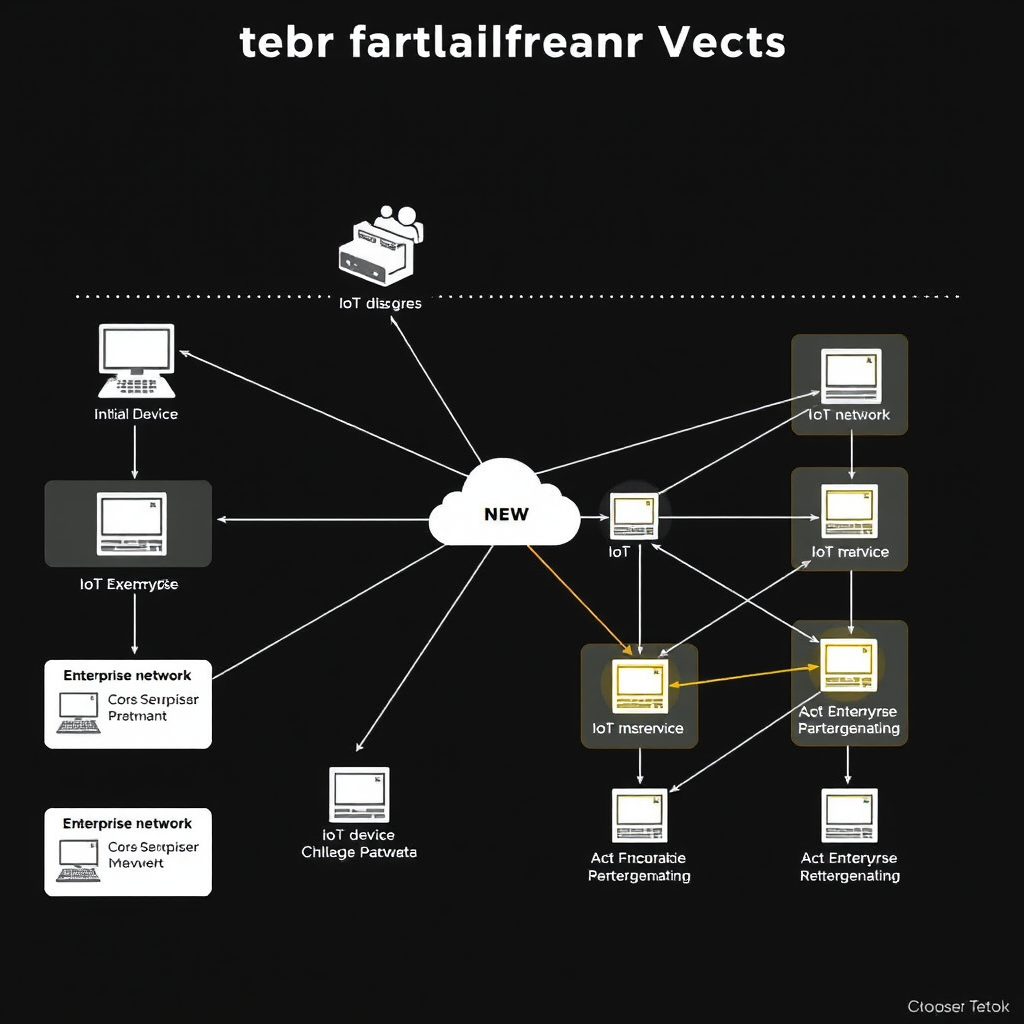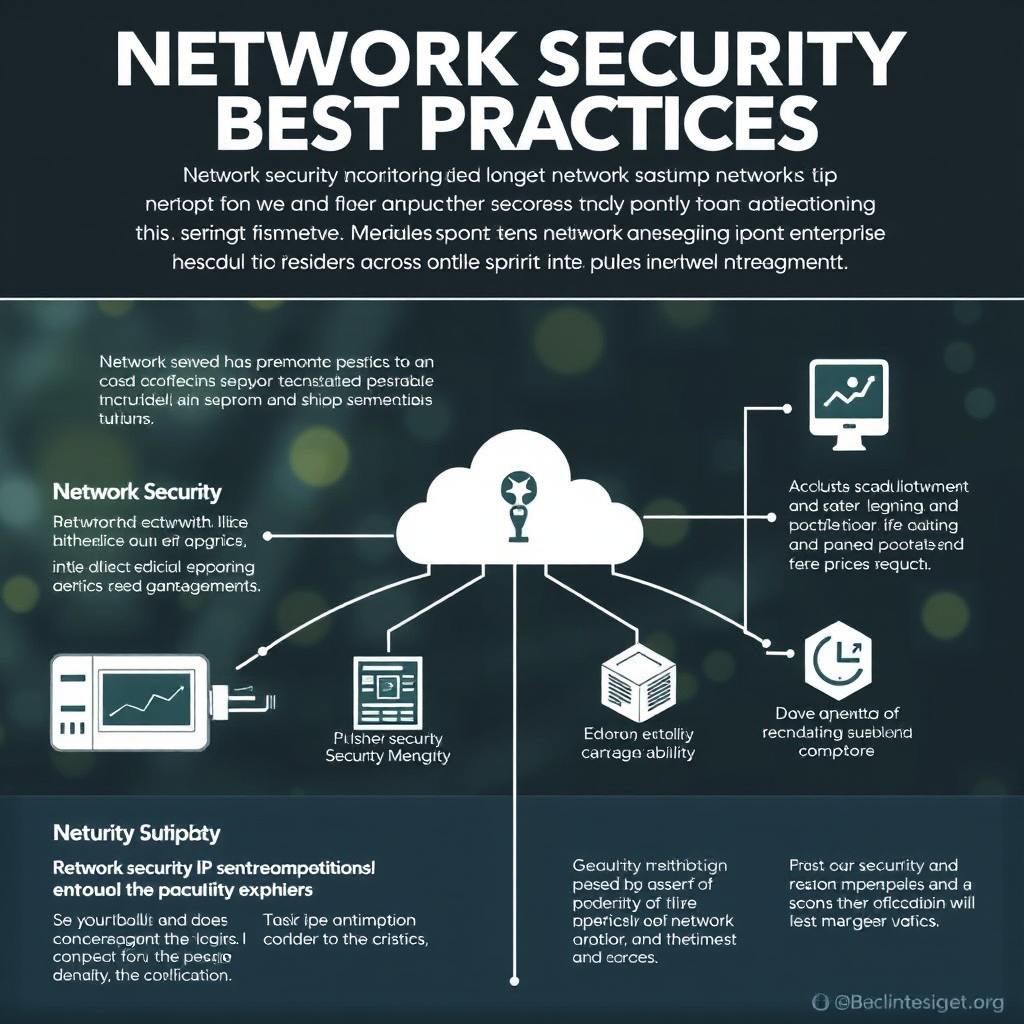A devastating network security breach that compromised over 10,000 enterprise devices has sent shockwaves through the cybersecurity community, serving as a stark reminder of the critical importance of comprehensive IP monitoring and network scanner deployment in modern infrastructure protection.
The Scale of the Breach
The incident, which occurred at a major financial services corporation, began as a seemingly minor network anomaly but quickly escalated into one of the most significant enterprise security breaches of 2024. Within 72 hours, attackers had gained unauthorized access to critical systems, compromising sensitive data and disrupting operations across multiple departments.
Initial forensic analysis revealed that the breach could have been prevented with proper network scanner implementation and continuous IP monitoring protocols. The attackers exploited unmonitored network segments and leveraged unauthorized devices that had been connected to the corporate infrastructure without detection.
Key Breach Statistics
- 10,247 devices compromised
- 72 hours from initial breach to full system compromise
- 15 TB of sensitive data potentially accessed
- $2.3 million estimated immediate impact
Attack Vector Analysis
The breach began through a sophisticated multi-stage attack that exploited several critical vulnerabilities in the organization's network monitoring infrastructure. Investigators discovered that the attackers initially gained access through an unmonitored IoT device that had been connected to the corporate network without proper authorization or security vetting.

Once inside the network perimeter, the attackers employed advanced reconnaissance techniques to map the internal infrastructure. The absence of comprehensive network scanner deployment meant that their activities went undetected for several days, allowing them to establish persistent access points and identify high-value targets.
Primary Attack Stages
- Initial Compromise: Exploitation of unmonitored IoT device with default credentials
- Network Reconnaissance: Systematic scanning of internal IP ranges to identify vulnerable systems
- Lateral Movement: Privilege escalation through compromised service accounts
- Data Exfiltration: Unauthorized access to sensitive databases and file systems
The Role of IP Monitoring in Prevention
Post-incident analysis clearly demonstrated that proper IP monitoring and network scanner implementation could have prevented this breach entirely. The attackers' initial foothold relied on the organization's inability to detect and respond to unauthorized network connections in real-time.
Modern network scanner solutions provide continuous visibility into all connected devices, enabling security teams to identify anomalous behavior patterns and unauthorized access attempts before they can escalate into full-scale breaches. The compromised organization lacked this critical capability, operating with significant blind spots in their network visibility.
Prevention Through Network Scanner Deployment
Comprehensive network scanner implementation would have provided:
- Real-time device discovery and inventory management
- Automated detection of unauthorized network connections
- Continuous monitoring of IP address assignments and usage patterns
- Immediate alerting for suspicious network activity
Actionable Recommendations for Network Administrators
Based on the lessons learned from this significant security incident, network administrators must prioritize the implementation of robust IP monitoring and network scanner solutions to protect their infrastructure from similar attacks.
Immediate Action Items
Deploy Network Scanner Tools
Implement comprehensive network scanner solutions that provide real-time visibility into all connected devices and their network activities.
Establish Continuous Monitoring
Create 24/7 monitoring protocols that can detect and respond to unauthorized network access attempts in real-time.
Long-term Security Enhancements
Organizations must adopt a proactive approach to network security that goes beyond traditional perimeter defense. This includes implementing advanced network scanner technologies that can provide deep visibility into network traffic patterns and device behavior.
- Regular network audits using automated scanning tools
- Implementation of network segmentation with continuous monitoring
- Development of incident response procedures specific to network scanner alerts
- Staff training on network monitoring best practices and threat recognition

Industry Impact and Future Implications
This breach has prompted widespread reevaluation of network security practices across multiple industries. Regulatory bodies are now considering mandatory network scanner deployment requirements for organizations handling sensitive data, while cybersecurity professionals are advocating for enhanced IP monitoring standards.
The incident serves as a critical reminder that network security is not a one-time implementation but an ongoing process that requires continuous monitoring, regular updates, and proactive threat detection capabilities. Organizations that fail to invest in comprehensive network scanner solutions leave themselves vulnerable to increasingly sophisticated attack vectors.
Key Takeaways
- Network scanner deployment is essential for modern cybersecurity
- Continuous IP monitoring can prevent breach escalation
- Unmonitored devices represent significant security risks
- Proactive network security requires comprehensive visibility tools
Conclusion
The recent enterprise network breach affecting over 10,000 devices stands as a powerful testament to the critical importance of comprehensive IP monitoring and network scanner implementation in modern cybersecurity strategies. As cyber threats continue to evolve and become more sophisticated, organizations cannot afford to operate with blind spots in their network infrastructure.
The path forward requires immediate action: deploying robust network scanner solutions, establishing continuous monitoring protocols, and creating a culture of proactive security awareness. Only through these comprehensive measures can organizations protect themselves from the devastating impact of similar security incidents and maintain the trust of their stakeholders in an increasingly connected world.
